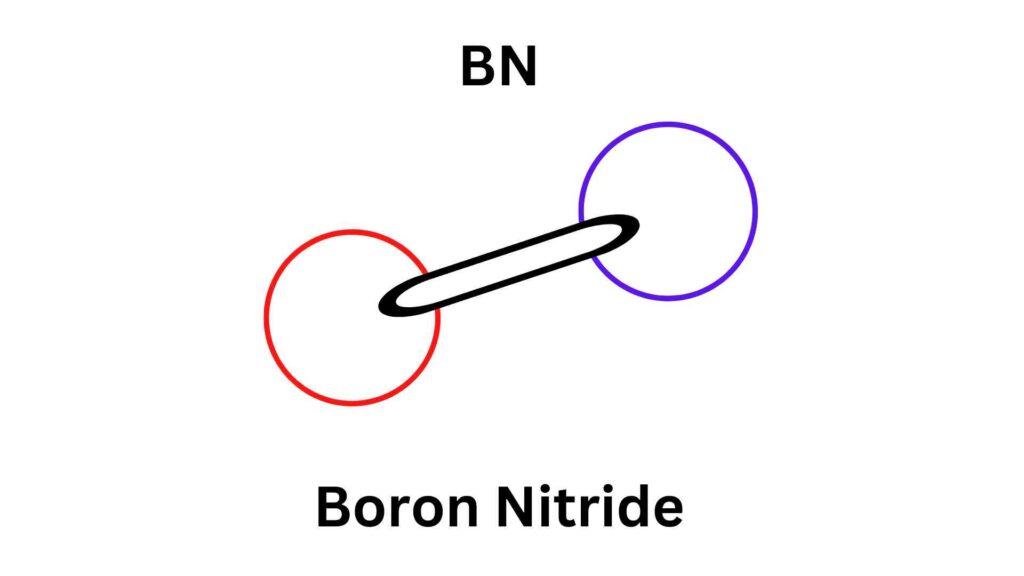Boron Improves Quantum Computing
Boron improves quantum computing: Quantum computing is the most efficient way to handle complex computations, but there have been limitations on capacity and performance until now. Now, an innovative new boron material, hexagonal boron nitride, has allowed researchers to produce stretchable supercapacitors.

Boron and Quantum Computing
Quantum Computing
The field of quantum computing belongs to Quantum Information Science. Quantum computing is the most efficient way to handle complex computations. Superposition and entanglement, used to perform quantum analyses, are two fundamental properties of quantum mechanics. The premise is that boron can be integrated with other materials to produce incredibly more powerful and efficient supercapacitors
Quantum computers perform highly complex quantum calculations via data stored in Qubits or Quantum bits. Some operations or problems can only be simulated with a quantum computer (that we currently use). A Quantum computer can perform computations multiple times faster than a regular computer.
Boron Involved in Quantum Computing
Researchers could stack hexagonal boron nitride, a material containing just a few monolayers of atoms, for use as an insulator in capacitors on superconducting qubits. With defect-free material, the overall footprint of the qubit can be reduced without sacrificing performance since smaller capacitors can be used.
Hexagonal boron nitride is a van der Waals material, so it can be patterned and stacked into desired configurations without showing any defects. These characteristics already make them ideal for high-power applications, like smartphones and laptop computers, as this material can store electricity at extremely high temperatures.
Researchers at MIT have used ultrathin materials to build superconducting qubits 100 times smaller than conventional designs and suffer less interference between neighbouring qubits. A quantum computer with this advancement could perform better, enabling the development of smaller quantum devices.
Scientists have reduced the footprint of superconducting qubits by two orders of magnitude using hexagonal boron nitride, a 2D material. An electric field of ninety per cent can be generated between the upper and lower plates of this device using hexagonal boron nitride. This prevents neighbouring qubits from communicating with each other.
The researchers also conducted experiments to clean hexagonal boron nitride when interacting with a high-frequency electric field at ultracold temperatures. They found that the material lost very little energy.
Hexagonal Boron Nitride as Supercapacitors
Researchers hope that boron can be integrated with other materials to produce these more efficient supercapacitors. The two-dimensional hexagonal boron nitride (2D-hBN) has exotic optoelectric properties and mechanical robustness, thermal stability, and chemical inertness. There is already ample research devoted to its application in field-effect transistors (FETs), tunnelling devices, deep ultraviolet emitters and detectors, photoelectric devices, and nanofillers.
For the next generation of microelectronics and other technologies, 2D-hBN is now considered one of the most promising materials that can be integrated with other 2D materials such as graphene and transition metal dichalcogenides (TMDCs). These Supercapacitors can be modelled with crystalline MOF materials.
Research and Promise
MIT professor Changyong Cao, a research assistant at Michigan State University’s Mechanical and Electrical Engineering, is now trying to commercialize this new material. Among his funding sources are the National Science Foundation and the Office of Research and Engineering of the Army. The technology could also lead to smaller, more affordable electronic components.
Unlike previous supercapacitors, the new one lacks conductive carbon. As an alternative, the electrode is graphene, which has a much larger surface area than carbon. A new material may add trillions of dollars to the value of production in the future.





